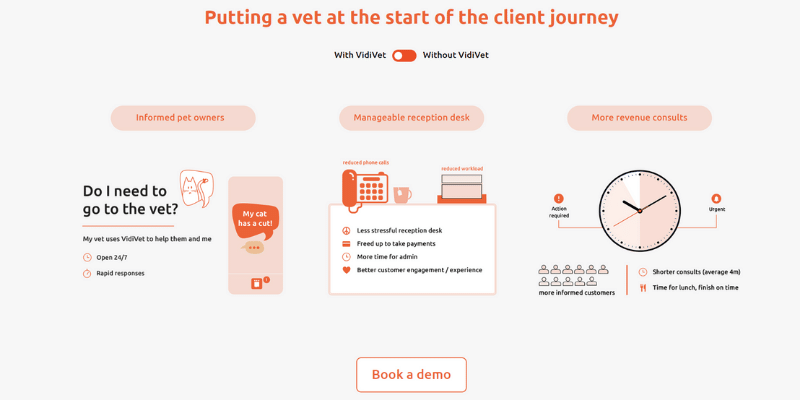Let’s face it. Everybody knows and understands that their local animal shelter or rescue group needs more foster homes right? So then diving into the Maddie’s Fund and University of North Carolina Charlotte study on “Exploring foster programs and their people, management and leadership challenges” will be something of a bore won’t it?
Well then, chalk this up to boredom because we’re about to highlight the top five biggest challenges animal shelters face with their rescue animal foster programs.
Top five biggest challenges in animal rescue foster programs.
#5 – Foster Volunteer burnout.
Burnout seems to be one of those choice words that has taken prominence in our vocabulary in the last few years. It’s a word used to describe the feeling we get when we’re faced with overwhelming tasks, redundant work, and a lack of passion to fuel our souls.


When was the last time you recognized your foster home? No, we don’t mean sending them an email thank you for the 100th animal that they fostered for you…this year…we mean recognizing them with something unexpected? What ever happened to the days of sending people flowers or cookies or fruit bouquets just because? When was the last time you actually bought a card, from the store, and mailed it to one of your fosters, in your handwriting, just to say thank you? Foster homes are the life blood of your rescue efforts. 5 minutes of your time is worth keeping them engaged and energized that they are making a difference.
It seems like every cause has a day of the week, month or year now so why not your foster volunteers? What happens when you celebrate one person for an entire week? How would they feel when everyone on your staff focuses on that one foster and sends them a heartfelt thank you note, email or tags them in an inspirational social media post? Gratitude doesn’t have to cost a lot of money and it’s most impactful when it’s genuine and unexpected.
#4 Finding a foster home or place to stay for pets returned to the program
Coming in at #4 is those rebound relationships. Animals that just didn’t seem to jive with our foster homes or that may have some unexpressed issues that need attention. What’s an animal shelter to do when a foster pet is returned from one of your loyal foster homes?


Finding an animal behaviorist or trainer if you’re a small, cash-strapped shelter can be challenging so you have to think outside the box. There are literally dozens of animal trainers within 25 miles of your shelter’s zip code and you just need the right one to help you with these problem children of the foster world. It starts with reaching out and introducing yourself. <Gasp> did we say pick up the phone and call someone? In today’s world of sending mass emails, responding to group texts and blasting immediate updates via social media it seems heresy that we would recommend calling someone but that’s what we’re suggesting.
Reaching out to trainers in your area to discuss your challenges will help you find one that is willing to work with you. Some may be willing to donate your time because they appreciate your cause and others will want something in return. Before you scoff at offering something in return for their expertise remember that a good relationship with an animal trainer will pay dividends ten times what you invest in them. Besides, thanking them and recognizing them for their dedication and hard-work in your monthly newsletter doesn’t cost you much now does it?
#3 Retaining foster volunteers long-term
Not surprising that in the top five challenges for animal shelters with their foster programs that retention is on the list. It goes hand-in-hand with the #5 problem of burnout though so in the spirit of saving you time, we’re going to skip this one. (you’re welcome!)
#2 Finding qualified foster homes


Human beings are skeptical creatures by design. Whether hardened over the years or born with the instinct to not trust, we like to put up walls and barriers both in the physical and virtual world in order to satisfy our ego and retain our superiority. So we “qualify” foster homes of being worthy to provide shelter, food and love for the animals in our care.
It seems that over the years that the qualification factors have continued to be added and a quick visit to your local animal shelter will show you just how many pages you have to fill out, and just how many sessions you have to attend in order to care for one of their animals.
So ask yourself, just how many “qualifications” are needed to do you a favor and help care for an animal until their forever home is found?
#1 Recruiting foster homes
No surprise here. Coming in at the #1 challenge that animal shelters face with their animal foster home programs, getting more foster homes.


So there you have it. The most boring article on animal rescue fostering that you’ll ever read. But hey you made it to the end. Now you can go back to staring at clouds to see what shapes they make.

















